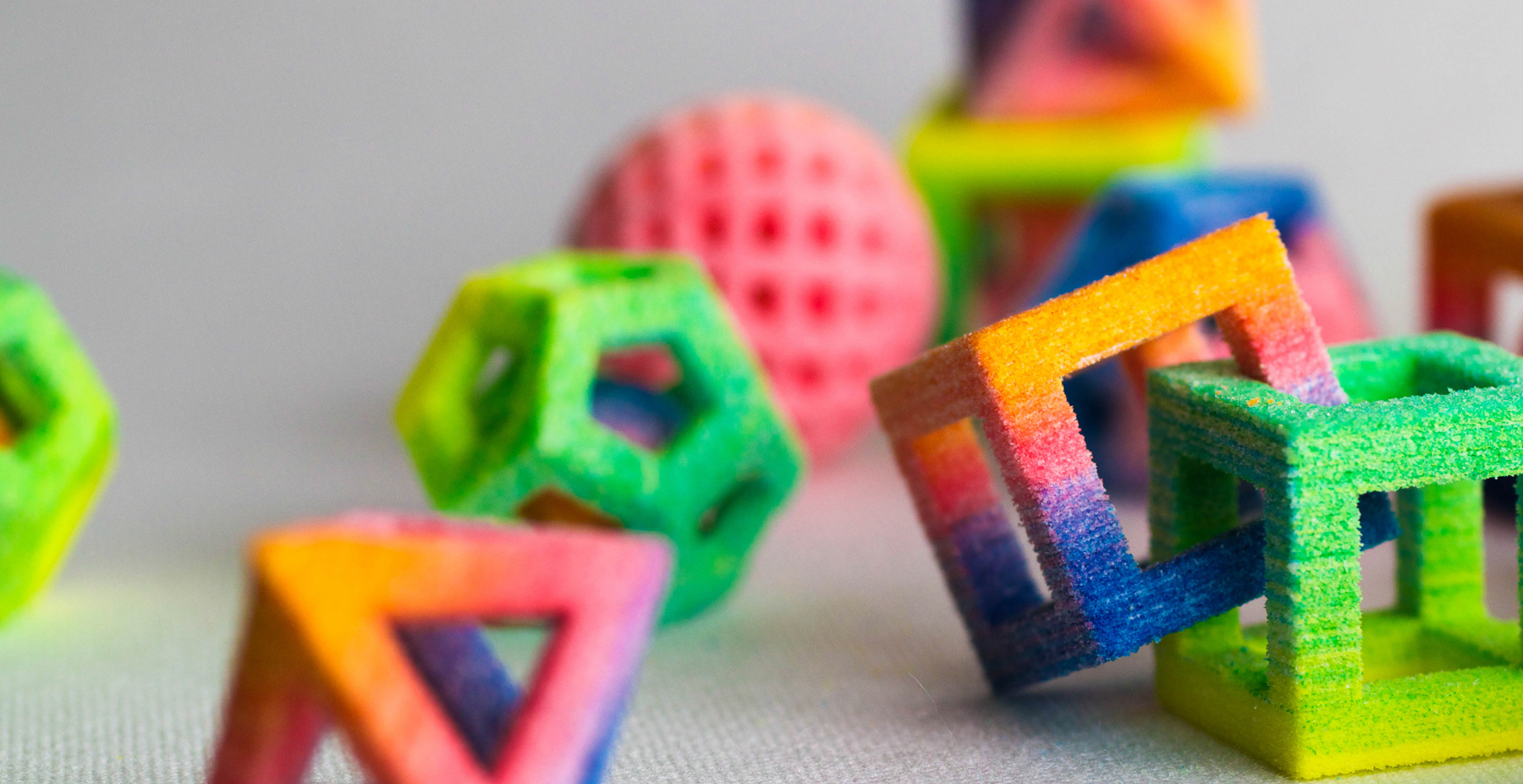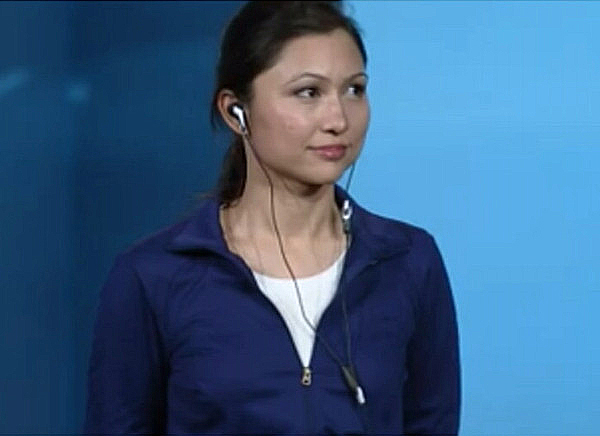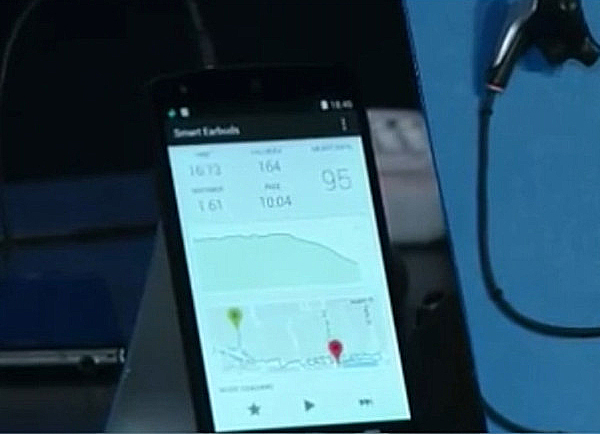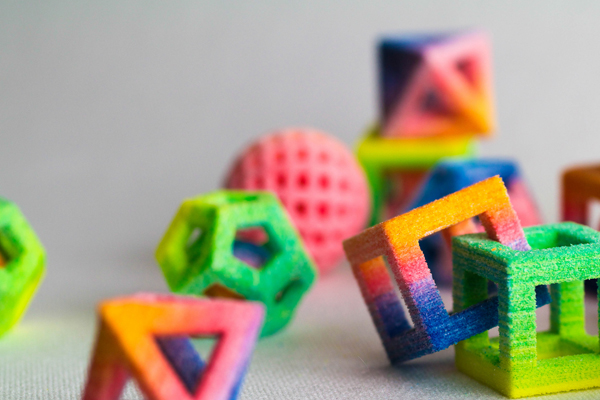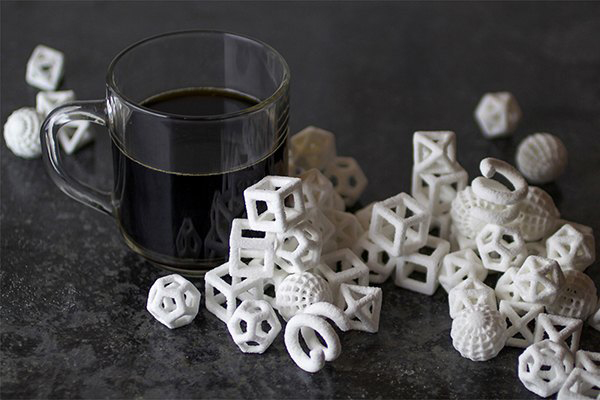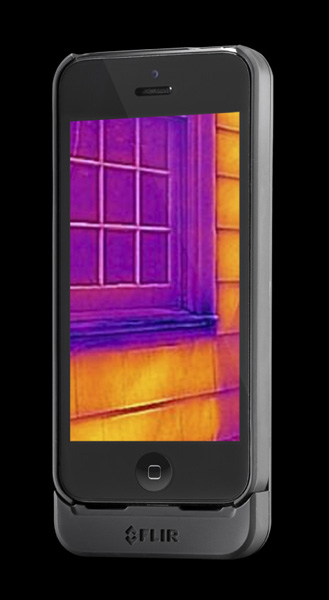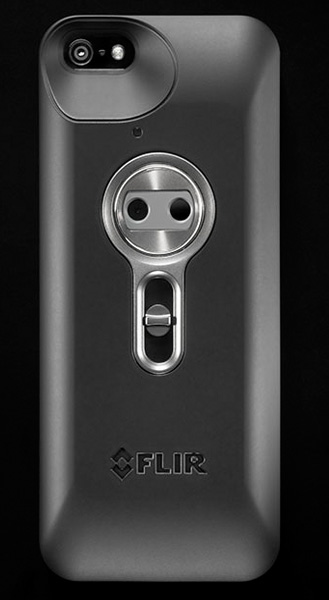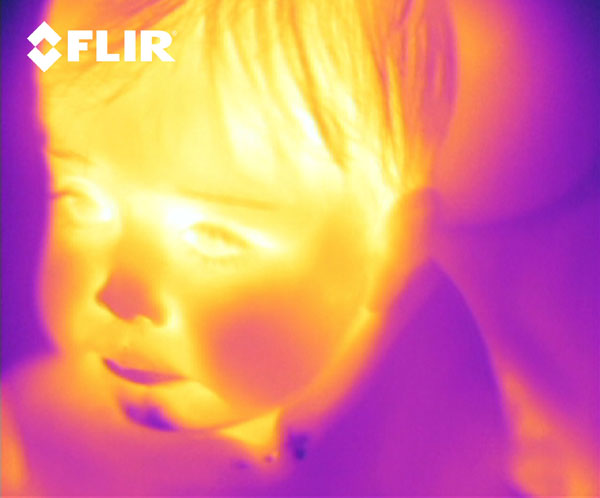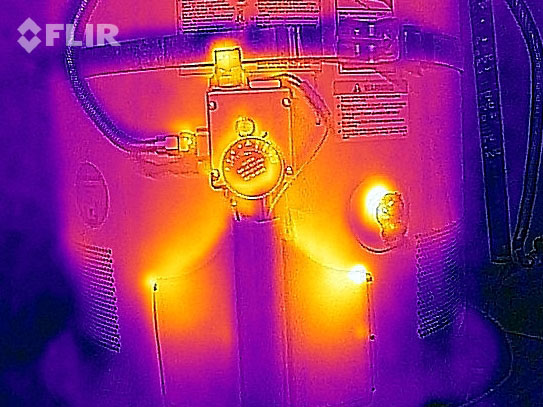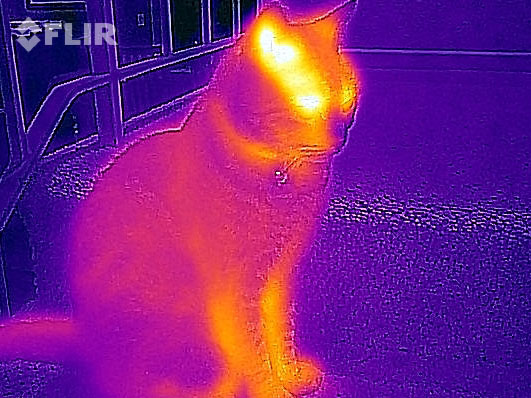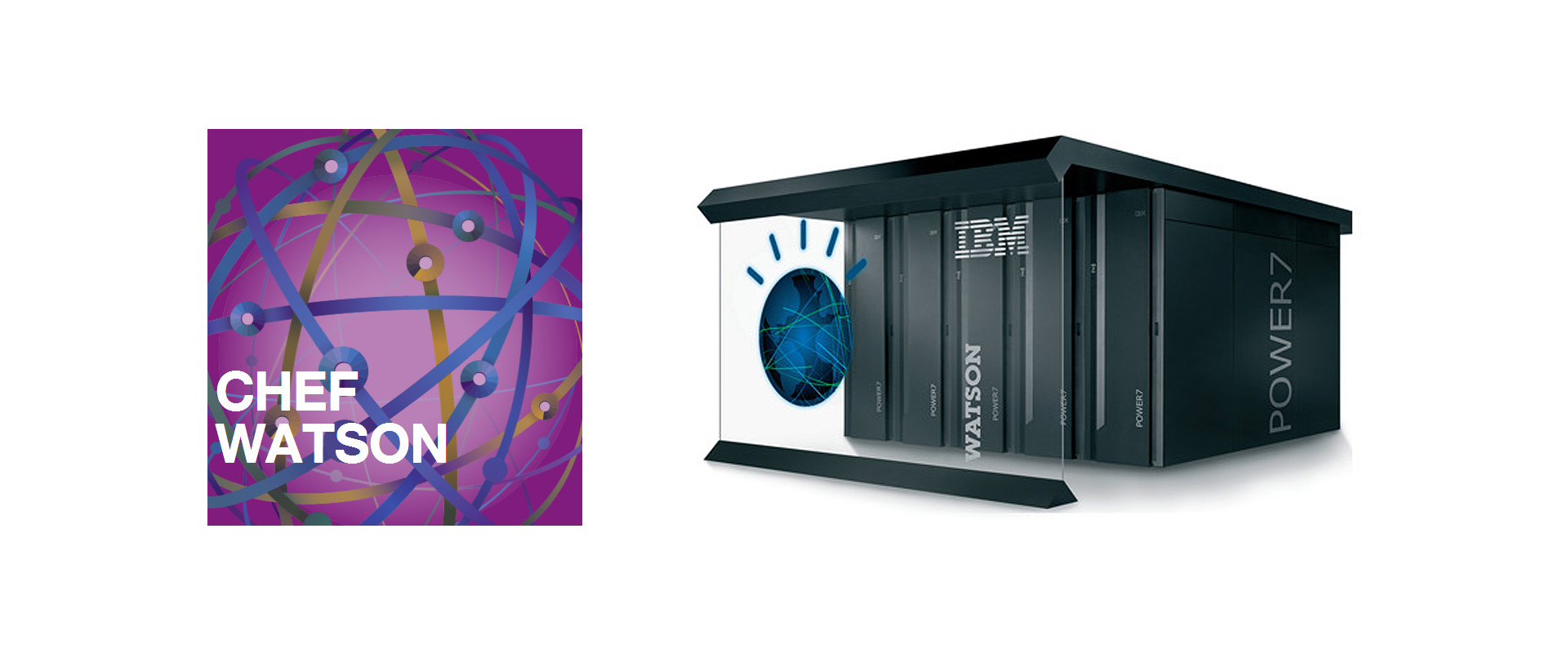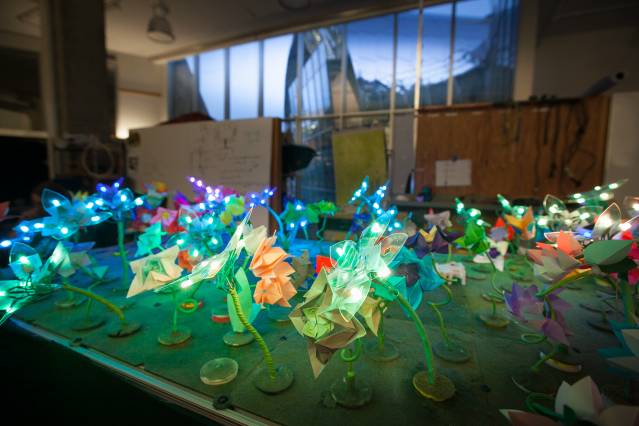You can listen to my radio series live every Monday on Moore in the Morning at 6:45 am
From among the thousands of new gadgets and devices that were previewed last week at the Consumer Electronics Show in Las Vegas I’m afraid we only have time to look at three. There were curved televisions, wi-fi crock pots, and internet-connected toothbrushes, but these are the three that stodd out to me as being both surprising and useful.
Smart Earbuds
Intel has created a pair of earbuds that can measure your heartbeat. They have built-in sensors to read your pulse from your ears and then display it as a real-time graph on your smartphone, allowing you to measure your performance while running, cycling, or hiking. The system can even select songs from your music library to help you set a faster pace and reach a target heart rate.
It seems like everyone is coming out with a fitness-tracking gadget. At this year’s CES there were wristbands, headbands, watches, and even socks with sensors to track your body, but Intel’s approach here seems best. Instead of trying to sell you yet-another-device they’ve created sensors that can be added to existing products like the earbuds we already use. They draw their power from the headphone jack, so no need for batteries or charging and the sensors can also track your pace, run distance, and calories burned.
Instead of making the earbuds themselves, Intel will partner with existing earbud makers and fitness companies, supplying them with the sensors so they can add them to their existing designs. Typically with new products like this it takes a few years until we can see a selection of different designs and styles, but with this strategy that will happen right away. Smart.
ChefJet 3D Food Printers
A 3D Printer creates physical objects from liquid materials, spraying one layer upon another as it cools into solid, creating physical items like replacement automotive parts, jewelry or even prosthetics. The ChefJet will be the first 3D Printer to go on sale that can do this with food, using liquid chocolate, sugar, and candy to print out confectionary treats that haven never been possible before.
For example:
It can create chocolate with moving parts; toy-like designs with movable arms, legs or rattley-bits that make fun noises when you shake them.
It can make sugar structures such as pillars or bridges that can be used as supports for multi-tiered cakes.
It can create cake-toppers and edible sculptures that can match 3D-scanned objects. Imagine a pair of bridge-and-groom figurines that actually look like the bride and groom.
It can create geometrically complex candies; dodecahedrons that are a vibrant mixture of different colours and flavours such as sweet cherry, sour apple, and watermelon.
You can scan the decorative designs from a dinnerware set to create confectionary treats with the same decorative patterns. Think peppermint sugar roses to match the floral patterns on your tea saucers.
It can produce sweets of different consistencies, from delicate vanilla shells that youcan fill with meringue to gelatinous sugar candy that has the texture of cotton candy.
Mixologists will be able to create sweet designs for drinks. Imagine a delicate latticework of chocolate or sugar made as an insert to fit the inside a glass, creating an interesting look that will slowly melt when you pour a drink into it.
When they hit the market later this year the 3D food printers will be quite expensive and initially targeted at bakeries and restaurants. The company is looking to sell a basic ChefJet capable of handling one flavor at a time for under $5,000 and a larger ChefJet Pro that can handle multiple flavours for under $10,000.
The will provide a digital cookbook of computer “recipes” you can send to the printer, but those willing to learn the software can certainly create and share their own 3D creations.
Thermal Imagining iPhone Case
Thermal cameras can see into the dark by detecting heat. Living creatures stand out in hues of red and yellow against a cooler world of blues and violets. The technology is usually very expensive and often restricted to the military. That the specialists at Flir have found a way to turn the iPhone into a thermal camera using just a $350 case is astonishing and completely unexpected.
The Flir One case adds an infrared camera to the back of your iPhone. Just point it at the world around you and anything that gives off a strong heat signature will stand out on your screen represented by bright colours.
Because infrared can pick up electrical systems and plumbing quite well Flir is marketing the new case to contractors and home improvement buffs. Its ability to see through fog and the night makes it an ideal sell to security experts, and its ability to see wildlife at night makes it an attractive choice for naturalists and outdoor enthusiasts.
Most campers are aware that as they sleep at night they’re surrounded by night time visitors. We’re blind in the dark woods and bringing a flashlight will only scare aware “nature’s night shift”. Although the Flir One uses an infrared lamp that many creatures can see (but is invisible to us) it doesn’t scare them off in the same way and so increases the chance you’ll uncover the hidden residents of the outdoors.
By connecting the camera to the iPhone and its ability to use apps, Flir is opening the technology up to other uses. The company imagines that we might see games and useful tools being made once app developers realize they can tap into the Flir One camera for their own purposes.
I like that the Flir One case doesn’t try to block or replace the iPhone’s existing camera, allowing you to switch between the two. Sadly the first model will be limited to just the iPhone 5 and iPhone 5s, but as with all gadgets, that will change in time.
For videos taken with the thermal camera case check out the Flir gallery here.

